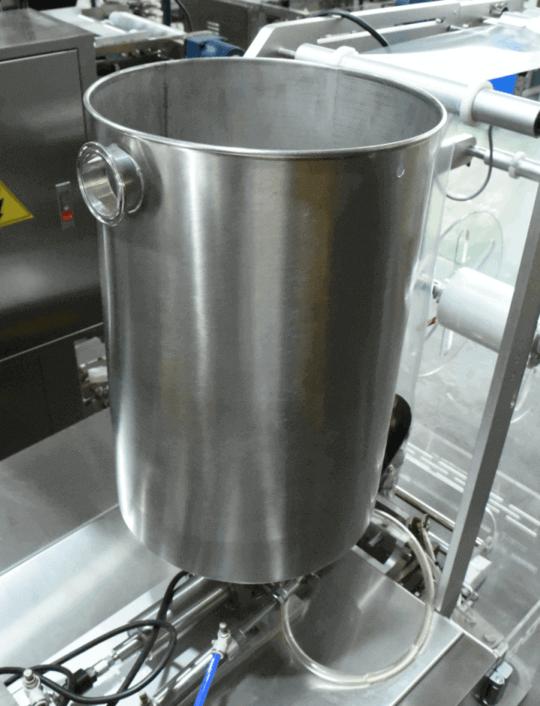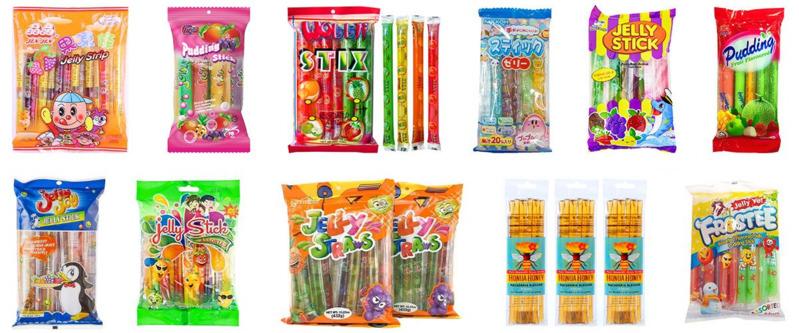Author:YISEN Pouch Packing Machine Manufacturer TIME:2025-03-05
In the modern food packaging industry, sealing technology plays a crucial role in maintaining the freshness, safety, and shelf life of sauces and liquid foods. Consumers increasingly demand convenience and extended product longevity, making advanced sealing solutions in sauce packaging machines more important than ever.
This article explores different sealing technologies used in sauce packaging, their advantages and challenges, and future innovations shaping the industry.

Sealing technology refers to the process of creating airtight and leak-proof closures on sauce pouches, bottles, or containers. A well-executed seal prevents:
Modern sauce packaging machines utilize various sealing techniques, including:
Each method has distinct advantages depending on sauce type, packaging material, and production requirements.
Heat sealing in sauce pouch packing machines involves applying heat and pressure to bond two layers of packaging material, such as polyethylene (PE) and polypropylene (PP). This method is widely used in sachet, pouch, and flexible packaging for sauces.
Vacuum sealing removes oxygen from the package before sealing, significantly reducing oxidation and microbial growth. This method is commonly used in high-end sauce packaging for premium or natural products.
This advanced sealing method uses high-frequency sound waves to generate frictional heat at the packaging material’s interface. Unlike heat sealing, it does not require direct heat application.

| Sealing Method | Key Benefits | Main Challenges |
|---|---|---|
| Heat Sealing | Strong and cost-effective | High energy consumption |
| Vacuum Sealing | Extends shelf life, preserves freshness | Expensive machinery, slower process |
| Ultrasonic Sealing | Low energy, strong seals | High setup cost, limited adoption |
Choosing the right sealing method depends on:
Modern sauce packaging machines integrate AI and IoT to optimize sealing quality. Smart sensors can:
Consumers are demanding more biodegradable and recyclable packaging solutions. In response, manufacturers are developing:
Health-conscious consumers prefer natural sauces without artificial preservatives. Future sealing advancements will focus on:
Sealing technology is essential for ensuring product safety, freshness, and efficiency in sauce packaging machines. Each sealing method—heat sealing, vacuum sealing, and ultrasonic sealing—offers unique benefits and challenges.
For small-scale sauce producers, heat sealing may be the best option due to its affordability. Large manufacturers may prefer vacuum or ultrasonic sealing for longer shelf life and sustainability. As technology advances, automated and eco-friendly sealing solutions will become the industry standard.
For manufacturers looking to enhance sauce packaging efficiency, investing in the right sealing technology can significantly impact product quality and market competitiveness.

Looking to upgrade your sauce packaging process? Explore advanced sauce packaging machines with cutting-edge sealing technology to improve efficiency and product quality. Contact us today to find the perfect sealing solution for your packaging needs!